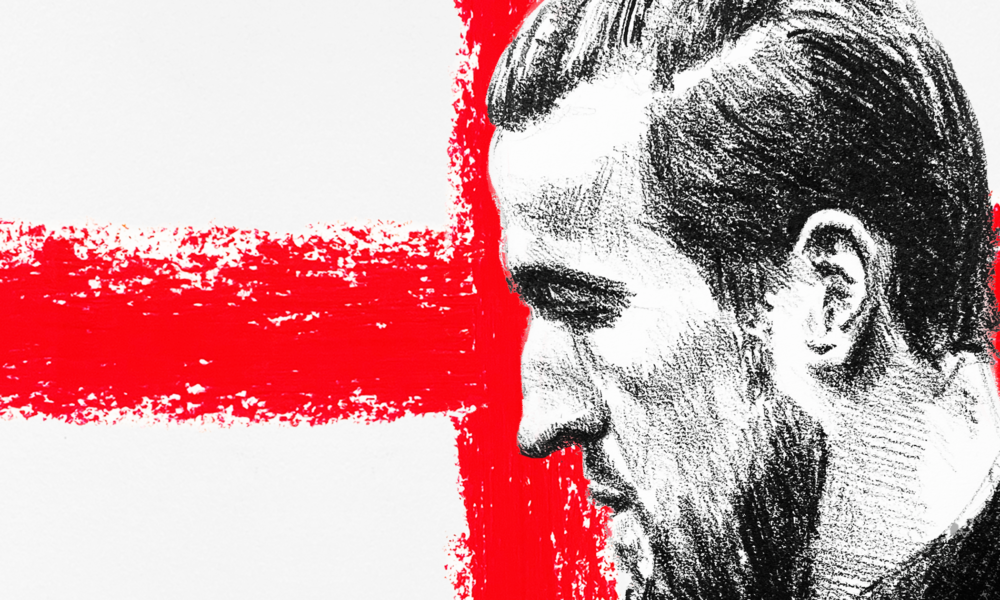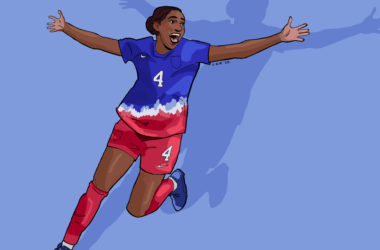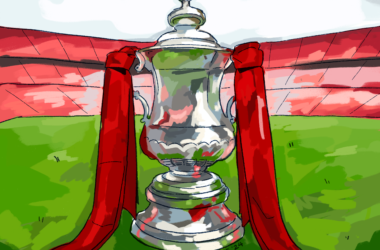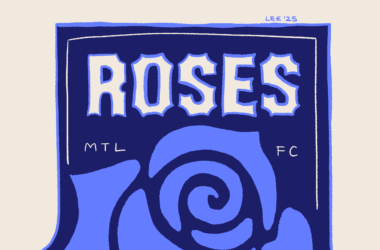The Union of European Football Associations (UEFA)’s Nations League Matchday five of six kicked off Nov. 14, short a slew of several big-name players from the English Premier League (EPL) like Martin Ødegaard, Ollie Watkins, and Cole Palmer. This has led to questions regarding teams’ lineups, their match-ups with various contenders, and even the existence of the competition itself. Eight players withdrew from England’s Nations League squad. In a similar timeframe, eight players made the same decision to leave Ghana’s squad during their preparation for the African Cup of Nations (AFCON).
The trend reflects growing concerns about players’ welfare amid increasingly congested itineraries. It represents a larger problem in the structure of competition in modern soccer: The international and club leagues (La Liga, Liga F, EPL, Women’s Super League, Serie A, Serie A Femminile) alike play intense schedules. In September, only days before he tore his ACL, Manchester City midfielder and 2024 Ballon d’Or winner Rodri claimed players were considering striking over the UEFA Champions League expanding its schedule for club teams.
The injury he suffered darkly underscores the physical toll professional-level soccer can extract. Rodri has played nearly 200 games of televised soccer in the Premier League since his debut in 2019 and performed well enough to win the European Championship with Spain this summer. This has taken a predictable toll on the 28-year-old: He accepted his Ballon d’Or on crutches and confirmed his absence for the rest of this season, an unfortunate price for even the highest honour.
This challenge transcends borders and genders, as both men’s and women’s soccer face gruelling demands that threaten players’ health. The thread of injury among high-level players is painfully easy to follow. It certainly stretches to this year’s Nations League; other notable injuries are piling up for Spain, like 17-year-old phenom Lamine Yamal, suffering from an ankle injury, and right-back Dani Carvajal, now sitting on the sidelines following knee surgery.
Women’s soccer is experiencing a similar surge in international and domestic competitions but without comparable resources or medical support. Ghana’s Black Queens, for example, have seen significant progress in recent years, yet they often operate with reduced access to facilities and less financial backing than their men’s counterparts. The disparity amplifies the risks women players face when navigating their schedules. As women’s soccer grows, exemplified by record-breaking attendance at events like the 2023 FIFA Women’s World Cup, there is a real danger that the same mistakes made in men’s soccer—overburdening players for the sake of revenue—will be repeated.
The absence of stars is expected to significantly alter the landscapes of matches, team dynamics and tactical approaches. While it presents a challenge for managers, it also creates opportunities for youngsters to gain minutes and an opportunity to shine on the European stage. These moments accelerate the development of emerging talents, offering a chance for them to prove themselves to their clubs and national teams.
At the same time, missing stars leads to less predictable outcomes. Levelling the playing field increases the potential for upsets, injecting excitement but underscoring the need for balanced rosters that adapt without compromising performance.
While competitions like the Nations League and AFCON qualifiers showcase the beauty of international soccer, their value must be weighed against player safety. Governing bodies, clubs, and national associations must collaborate to prioritize recovery and minimize risks. Conversations about the relevance of certain tournaments are touchy but crucial when mismanagement could make or break multimillion-dollar contracts. Players, in opting out of representing their countries this fall, are showing that priorities are shifting: It’s easy for names such as Harry Kane and Trent Alexander-Arnold to reserve their England appearances for the biggest tournaments or Thomas Tuchel’s upcoming takeover of the team, without risking overexertion and or missing out on club football’s wealth.
Players will continue playing under suboptimal conditions. However, no matter the rewards, players should not be made to play under such conditions. Despite the physical toll, as Rodri would attest, such prizes as the Ballon d’Or make the recovery sweeter, if not worth it. However, no one has yet won the award off the back of a Nations League performance.









